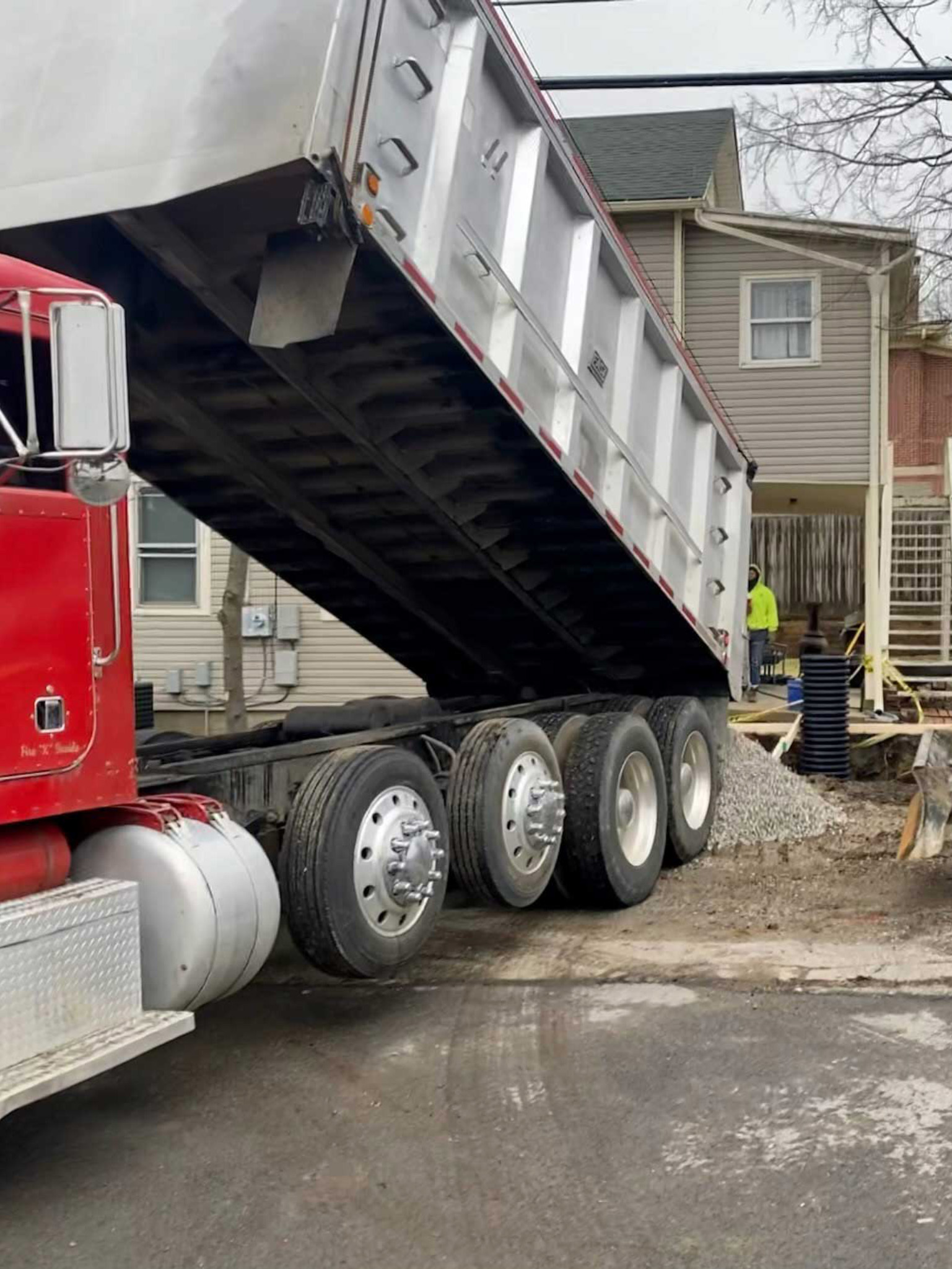Business Lancaster Trenching - Trenching Providers for Organizations in Lancaster
Business Lancaster Trenching - Trenching Providers for Organizations in Lancaster
Blog Article
Comprehensive Excavation Approaches: Understanding the Basics for Success
The cautious planning, accurate execution, and precise attention to detail required in excavation tasks require a comprehensive approach that incorporates numerous basic aspects. The true proficiency exists not simply in comprehending these basics but in seamlessly incorporating them to browse the complexities of excavation projects with finesse.
Recognizing Excavation Task Preparation

Successful excavation jobs are built on the structure of complete and precise preparation. The preliminary stage of any type of excavation project is the preparation phase, where important decisions are made that can dramatically affect the outcome of the job. Throughout this phase, it is important to gather all pertinent info concerning the site, consisting of topographical surveys, dirt make-up, and any type of possible risks that might exist. Understanding the job extent, budget plan, and timeline restraints is crucial for developing an extensive excavation strategy that ensures the job's success.
One trick element of excavation project preparation is the advancement of an in-depth timeline that details the sequence of landmarks, due dates, and activities. By very carefully thinking about all these factors throughout the preparation phase, excavation projects can be carried out successfully and successfully, leading to effective results - lancaster excavation.
Soil Evaluation and Website Evaluation
Carrying out comprehensive dirt evaluation and site assessment is a critical action in the preparation phase of any type of excavation task. Soil analysis includes establishing the composition, structure, and buildings of the soil at the excavation site. This info is critical for comprehending the dirt's bearing ability, moisture content, and capacity for erosion, which are crucial variables in determining the excavation techniques and tools required for the task.
Site assessment surpasses dirt analysis and includes a more comprehensive assessment of the general website problems. This evaluation includes recognizing any kind of potential risks, such as below ground energies, ecological concerns, or unsteady surface, that can affect the excavation procedure. By extensively reviewing the website, job managers can establish efficient excavation techniques that focus on safety, effectiveness, and environmental management.
Making use of sophisticated technologies like ground-penetrating radar, soil tasting, and drone surveys can enhance the accuracy and performance of dirt evaluation and site assessment. Investing time and sources in these initial steps can inevitably conserve time and prevent pricey hold-ups or complications throughout the excavation process.
Equipment Choice and Application
Efficient excavation tasks count heavily on strategic tools choice and usage to ensure optimum performance and productivity. Picking the ideal equipment for the work is crucial in making best use of effectiveness and reducing downtime. Variables such as the kind of soil, deepness of excavation, and project extent play a considerable role in identifying one of the most appropriate equipment for the job at hand.

In enhancement to picking the appropriate equipment, proper usage is crucial to job success. Operators needs to be educated to take care of the tools advice safely and effectively - lancaster excavation. Regular upkeep checks and timely repairs aid protect against breakdowns and ensure consistent performance throughout the task
Precaution and Regulations Conformity
In the world of excavation projects, focusing on precaution and conformity with regulations is paramount to ensuring a secure and legitimately audio functional atmosphere. Precaution encompass a variety of techniques, consisting of carrying out detailed website evaluations, executing proper signs and obstacles, and supplying sufficient safety training for all personnel associated with the excavation process. Adherence to regulations, such as OSHA needs in the United States, ensures that the excavation project fulfills the essential requirements to protect workers, spectators, and the surrounding setting.

Tracking Development and Adjusting Techniques
How can predict managers effectively track the development of excavation projects and adjust their methods accordingly to enhance end results? Tracking progress is necessary for guaranteeing that excavation jobs remain on track and meet due dates.

Conclusion
Finally, grasping the fundamentals of thorough excavation methods is crucial for the success of any type of project. By recognizing job planning, assessing dirt and site problems, selecting ideal devices, complying with safety laws, and keeping an eye on progress, job managers can make sure a smooth and efficient excavation process. Applying these techniques will certainly result in effective outcomes and decrease potential threats or problems throughout the excavation project.
The first phase of any excavation job is the planning stage, where critical choices are made that can considerably impact the result of the job. Recognizing the project why not try these out extent, timeline, and budget plan constraints is crucial for developing an extensive excavation plan that makes certain the project's success.
How can forecast supervisors properly track the advancement of excavation projects and adapt their methods as necessary to optimize results? By carefully monitoring progression and being willing to adapt approaches, job supervisors can improve the overall success of excavation projects.
By comprehending job planning, examining dirt and website problems, choosing ideal tools, abiding with safety regulations, and monitoring progress, project managers can ensure a smooth and efficient Source excavation process.
Report this page